Caribbean wildlife encounters: Discovering Unique Fauna and Flora with Enchanting Delight:
Travelers looking for scenic views and outdoor experiences will find heaven in the Caribbean, with its blue waters, immaculate beaches, and verdant surroundings. The area is a paradise for Caribbean wildlife lovers, even though many tourists come for the sun and sea. There is a wide variety of unusual species in the Caribbean, both on land and in the surrounding waterways. We’ll take you on a tour of the remarkable ecology of the Caribbean in this blog article, highlighting the remarkable flora and fauna that make this area a must-see for wildlife enthusiasts.
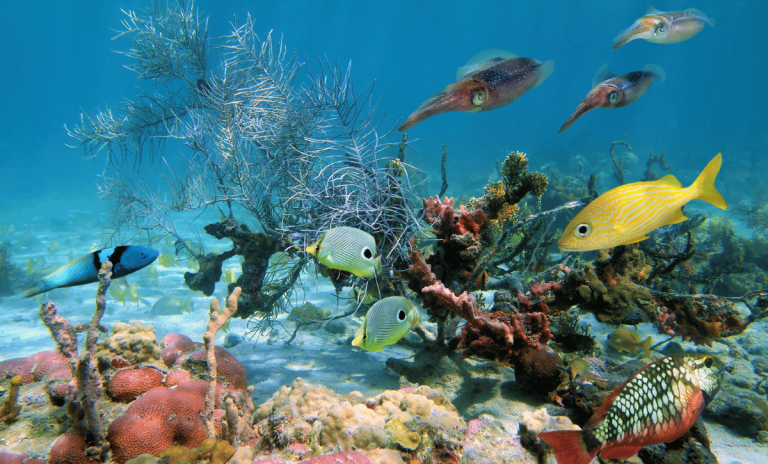
1. Marine Marvels: Coral Reefs and Underwater Wonders
The underwater environment of the Caribbean is a diver’s and snorkeler’s dream come true. Some of the planet’s most colorful and diverse coral reefs can be found in warm, clear waters. The coral reefs are not only incredibly beautiful, but they also serve as vital habitats for a vast number of marine creatures.
-
Coral Reefs
With its vast coral reef network, the Caribbean offers a rich habitat for marine species. It is astounding how different the corals are, with pillar, brain, and elkhorn among them. Underwater explorers are treated to an amazing show by the vibrant species that abound on these reefs, ranging in color from angelfish to parrotfish.
The coral reefs of the Caribbean are home to a wide variety of marine life, including fish, sponges, invertebrates, and corals of various kinds. Because these ecosystems support a wide variety of marine species, they are essential for both tourism and conservation. Furthermore, the bulk of the coral reefs in the Caribbean are composed of hard corals, soft corals, and other coral species. Staghorn, elkhorn, brain, and star corals are among the typical hard corals found in the Caribbean.
-
Sea Turtles
- The hawksbill, leatherback, and loggerhead sea turtles are among the several species of sea turtles that use the Caribbean as a significant nesting site. During guided turtle-watching tours or when snorkeling or diving close to nesting places, one can frequently spot these amazing creatures. Here are some additional details regarding sea turtles in the Caribbean:
- The Hawksbill Sea Turtles: The remarkably exquisite and beautifully patterned shells of Hawksbill Sea Turtles (Eretmochelys imbricata) are well-known. By regulating sponge populations, they are a vital component in preserving the health of coral reefs, as their primary food source is sponges.
- Loggerhead Sea Turtle: The largest hard-shell sea turtle in the world is the loggerhead sea turtle (Caretta caretta). They can break through the tough shells of crabs and other crustaceans thanks to their powerful, massive jaws. Given their reddish-brown shells, loggerheads are considered fragile.
-
- Leatherback: The largest species of sea turtle, the leatherback (Dermochelys coriacea) is distinguished by its distinct, leathery shell as opposed to its hard one. They are frequently seen in the open ocean and are well-suited for deep diving. Primarily consuming jellyfish, leatherback turtles are regarded as vulnerable.
-
Stingrays and Nurse Sharks
Caribbean stingrays and nurse sharks are two charismatic and unique marine species commonly encountered in the waters of the Caribbean. They are often a highlight for tourists, particularly those who engage in snorkeling and scuba diving activities. Here’s more information about these fascinating creatures:
- Dasyatis americana, sometimes known as the southern stingray, is one of the most prevalent stingray species in the Caribbean. Its body is fashioned like a diamond, with a white underside and a black upper surface. The sand-covered seafloor is where these rays typically burrow themselves in order to protect themselves from predators.
Behaviour: Despite having a stinging barb at the base of their tail, Caribbean stingrays are mostly calm and non-aggressive. They usually save the use of this barb for defensive purposes, such as when they sense danger or are cornered.
- Nurse Sharks: Nurse Shark (Ginglymostoma cirratum): Known for their characteristic traits, including a large head, small eyes, and sensory whiskers (barbels) surrounding their mouth, nurse sharks are slow-moving, bottom-dwelling sharks. They are thought to pose no threat to humans because they are small in comparison to many other shark species.
Behaviour: Most of the day is spent sleeping on the seafloor, and nurse sharks are calm, nocturnal animals. When they search for small fish, crabs, and other prey at night, they are more active.
In shallow, sandy waters, both Caribbean stingrays and nurse sharks are frequently seen; in certain places, they are frequently found together.
In the Caribbean, some well-liked locations to spot these aquatic animals are:
- Grand Cayman (Cayman Islands): The southern stingray population in Stingray City, a sandbar in North Sound, is well-known. Visitors are able to feed and engage with these kinds of rays.
- Hol Chan Marine Reserve (Belize): Located off the coast of Belize, Hol Chan is a protected marine region where visitors can frequently view stingrays and nurse sharks. It’s a well-liked location for diving and snorkelling.
- Ambergris Caye, Belize: Friendly southern stingrays and nurse sharks can be seen in the area near Ambergris Caye, also called Shark Ray Alley. Snorkel alongside these creatures and watch as native guides feed them by hand.
- Tobago Cays: Nurse sharks and a variety of ray species can be found on the deserted Grenadines cays known as Tobago Cays. Snorkelers can get up close and personal with these marine creatures there.
The health of the marine ecosystems in the Caribbean is largely dependent on the presence of both nurse sharks and stingrays. They add to the region’s total biodiversity and play a critical role in controlling the populations of their prey species. It’s crucial to behave appropriately and show respect for these animals’ natural habitats and behaviours when engaging with them.
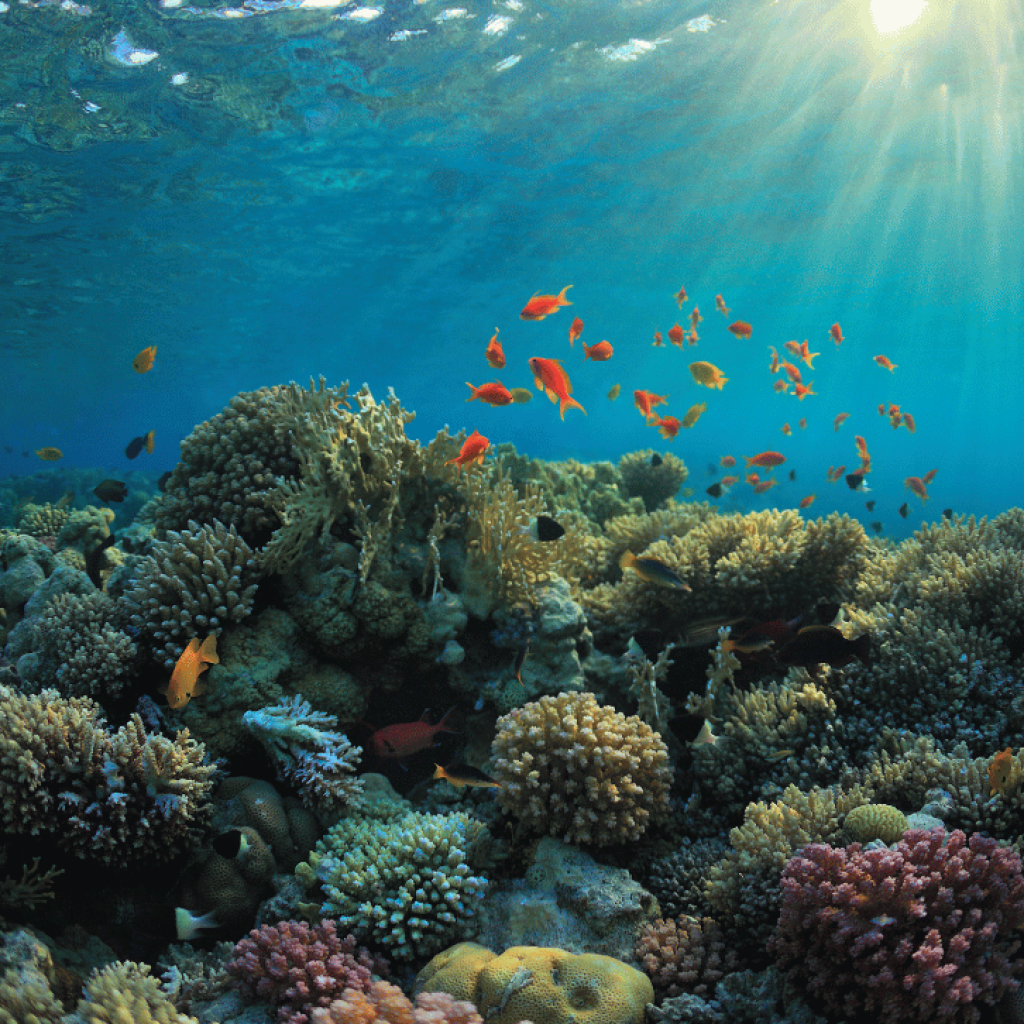
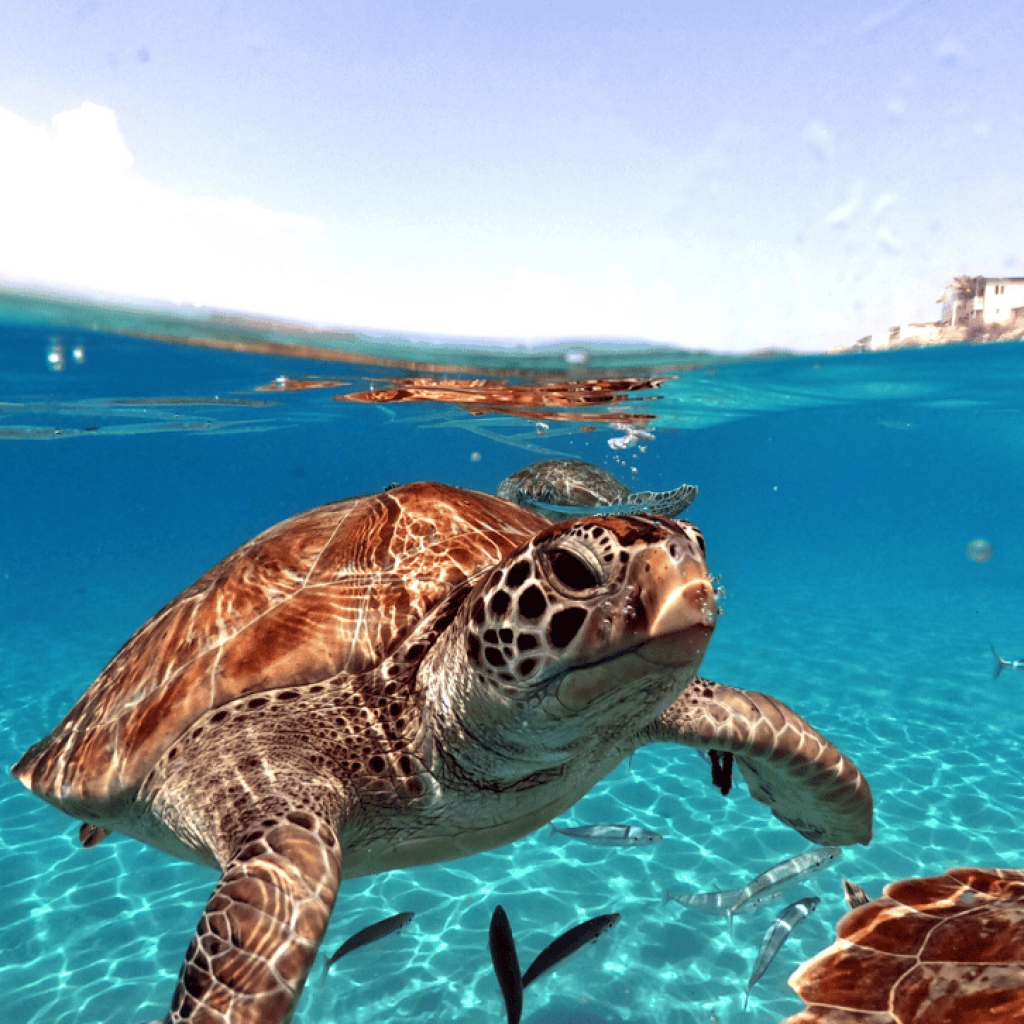
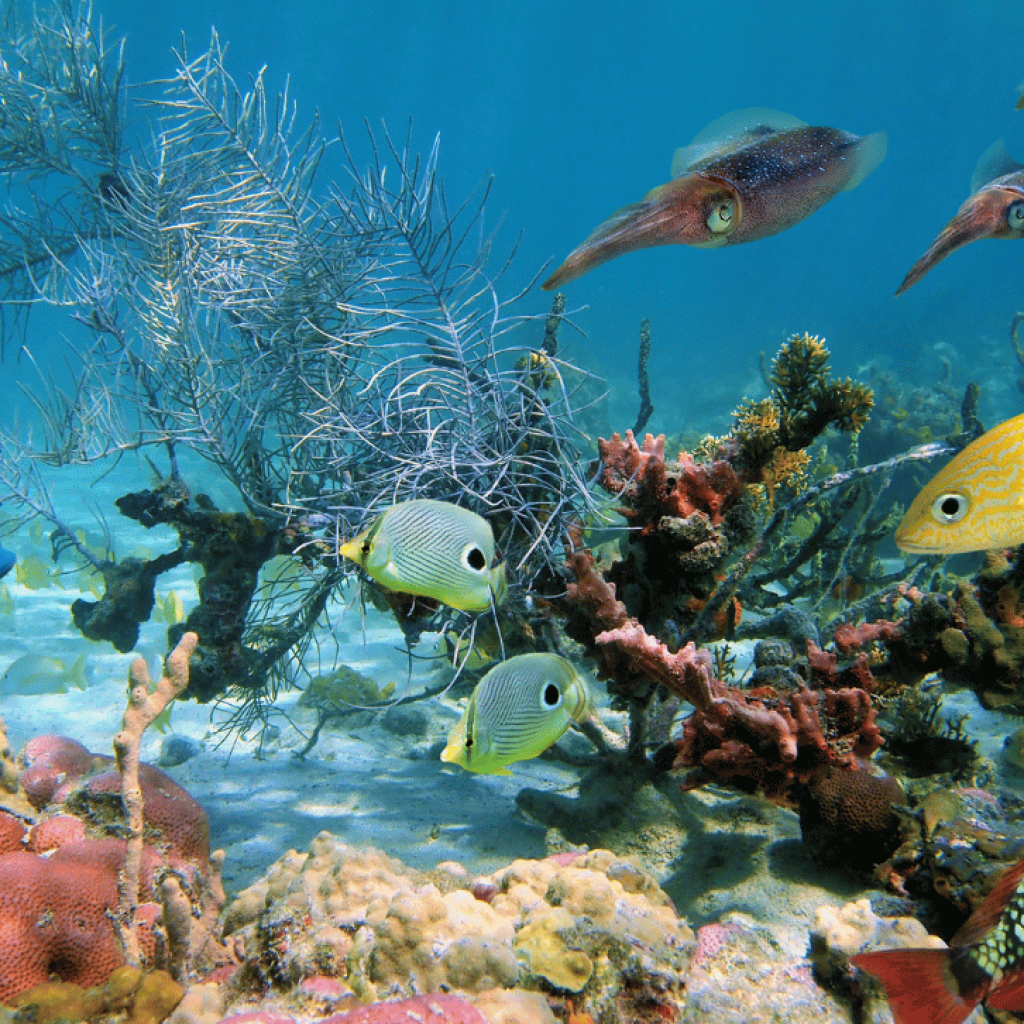
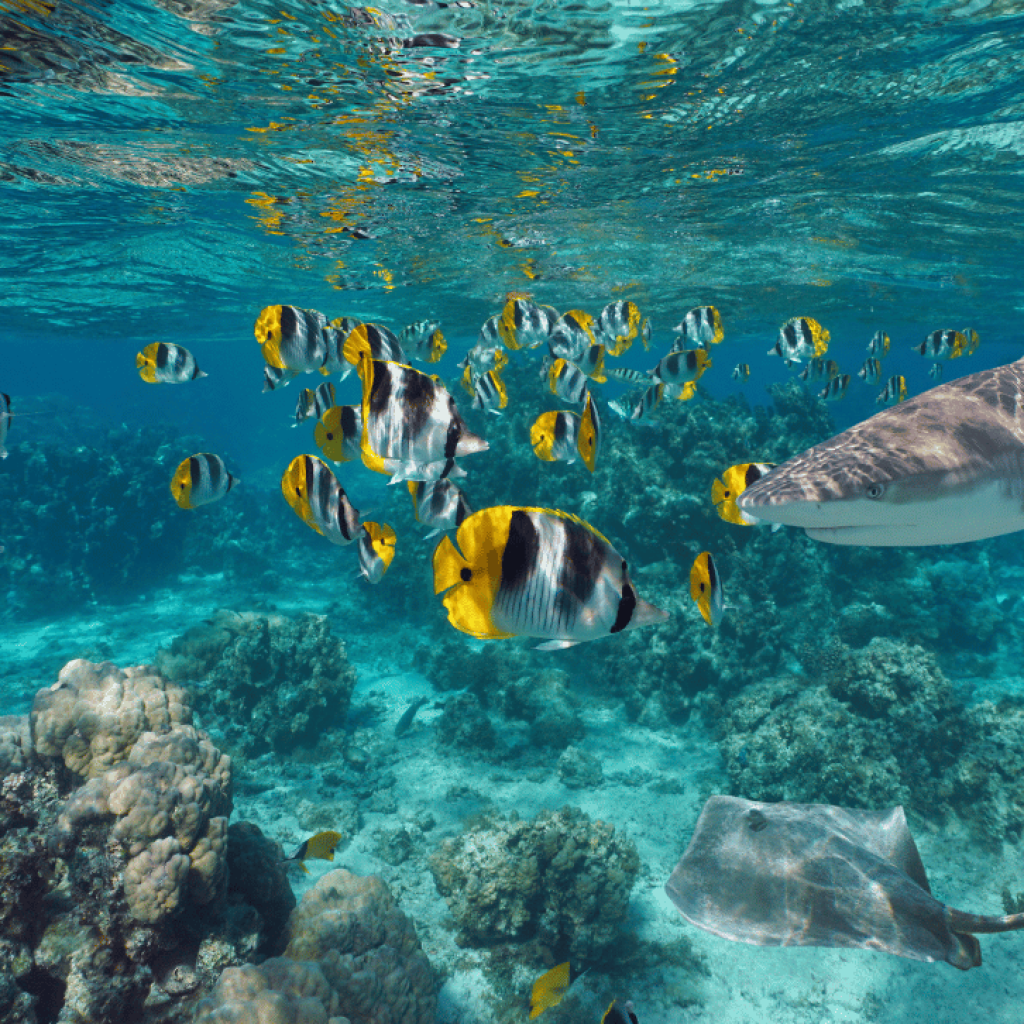
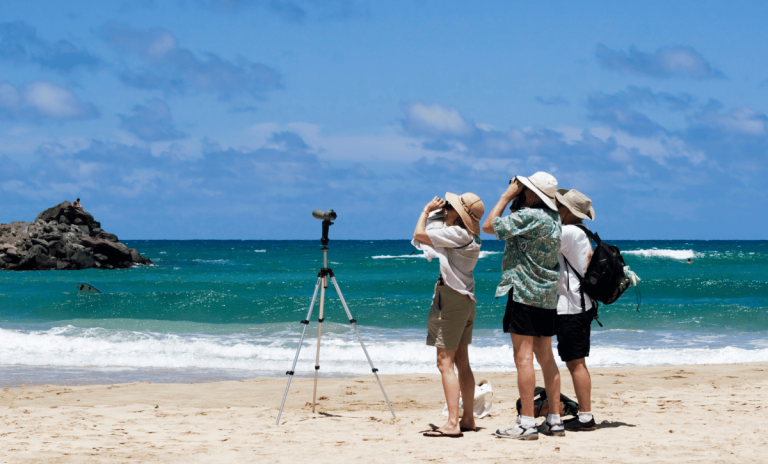
2. Birdwatcher’s Paradise: The Avian Diversity
The biodiversity of the Caribbean region is found far outside its borders. With a diverse range of bird species, including graceful flamingos and vibrantly coloured parrots, the area is a sanctuary for avian enthusiasts.
-
Caribbean Parrots
Parrot species vary widely in the Caribbean, with many being endemic to the area. Beyond being instantly recognizable due to their vivid feathers, these bright birds are also essential to preserving the islands’ natural equilibrium. Among the most well-known Caribbean parrot species are the Imperial Amazon (Amazona imperialis), Saint Vincent Amazaon (Amazona guildingii), Yellow-billed Amazon (Amazona collaria), Red-necked Amazon (Amazona arausiaca), Grand Cayman Parrot (Amazona leucocephala caymanensis), and Puerto Rican Amazon, also known as the Puerto Rican parrot (Amazona vittata).
-
West Indian Whistling-Duck
An intriguing species of duck seen in many Caribbean wetlands is the West Indian whistling duck. It is easily distinguished by its characteristic whistling call and is frequently observed wading across shallow waters.
-
Flamingos
One of the most recognizable birds in the Caribbean is the flamingo, which stands out in wetlands and coastal lagoons due to its unique pink colouration. As they take in the breathtaking scenery, visitors may observe their beautiful movements and social interactions.
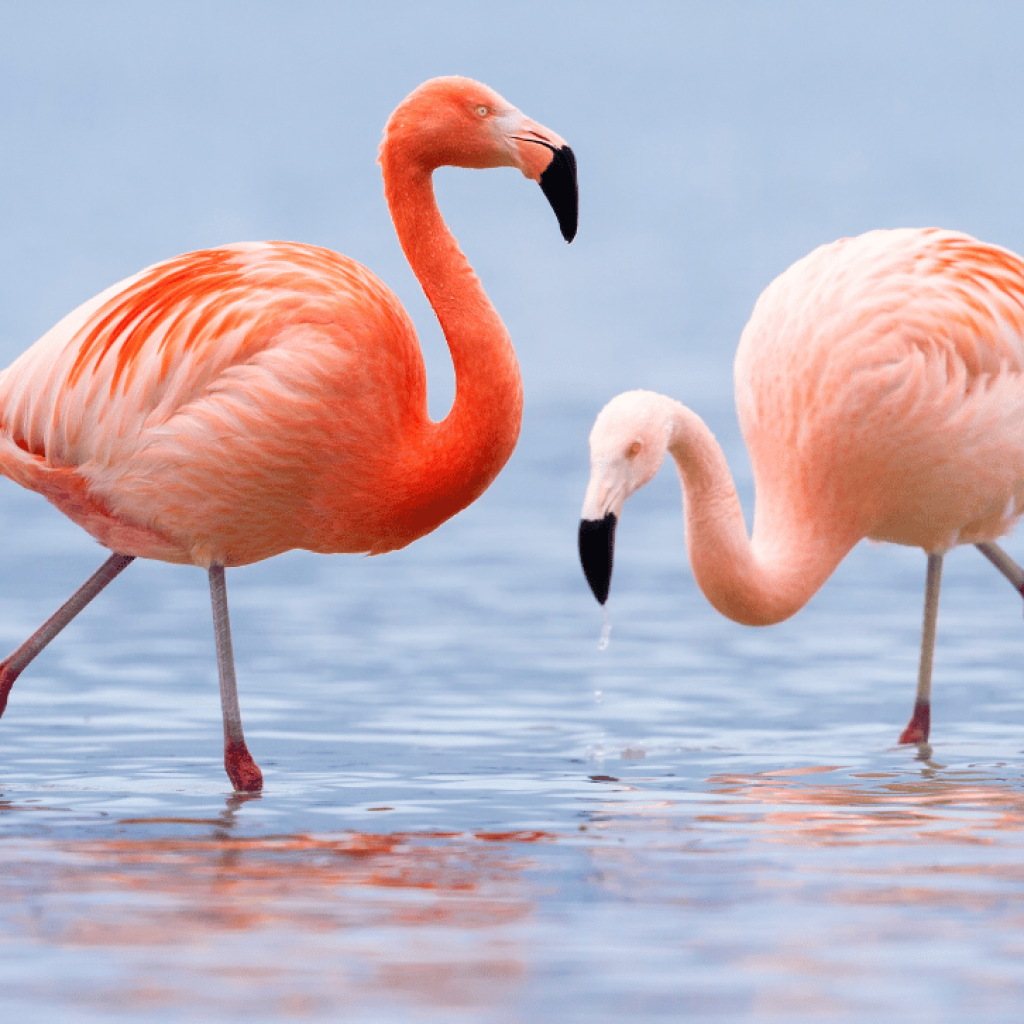
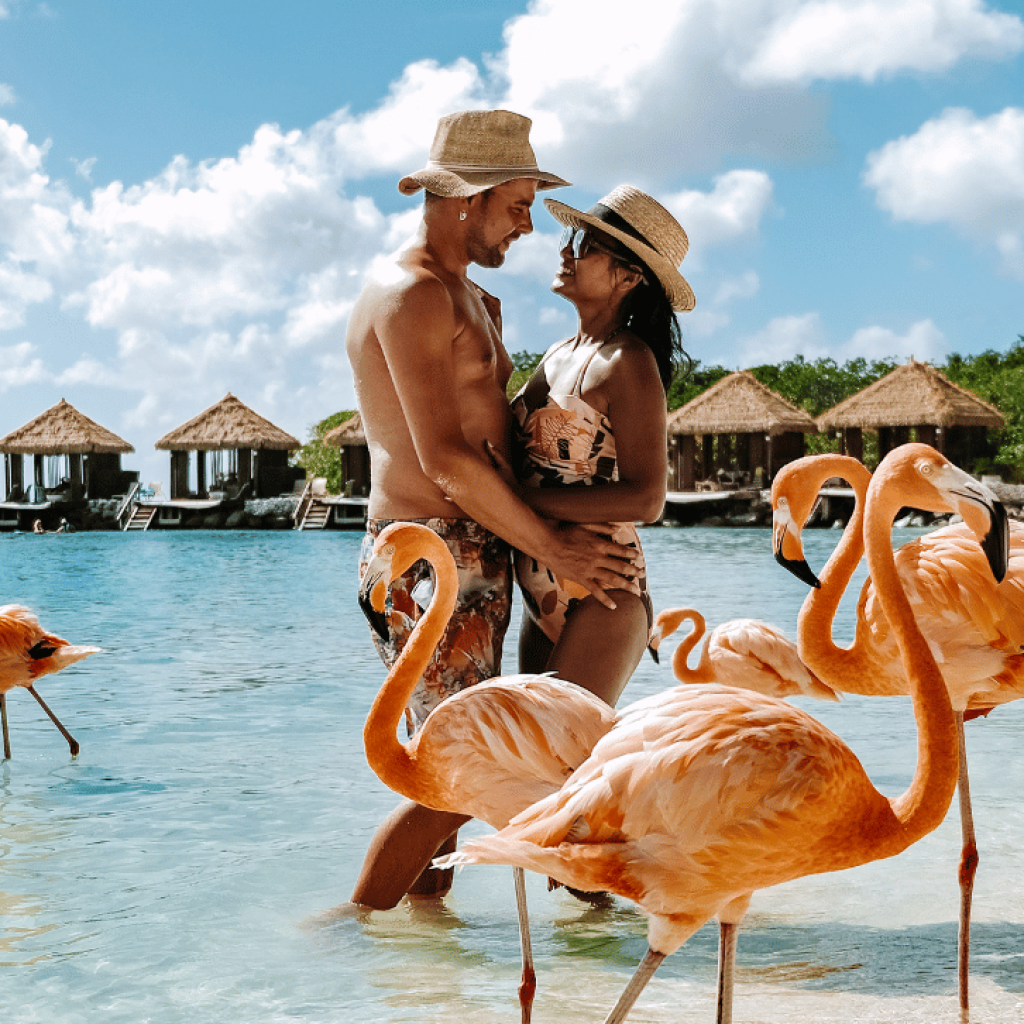
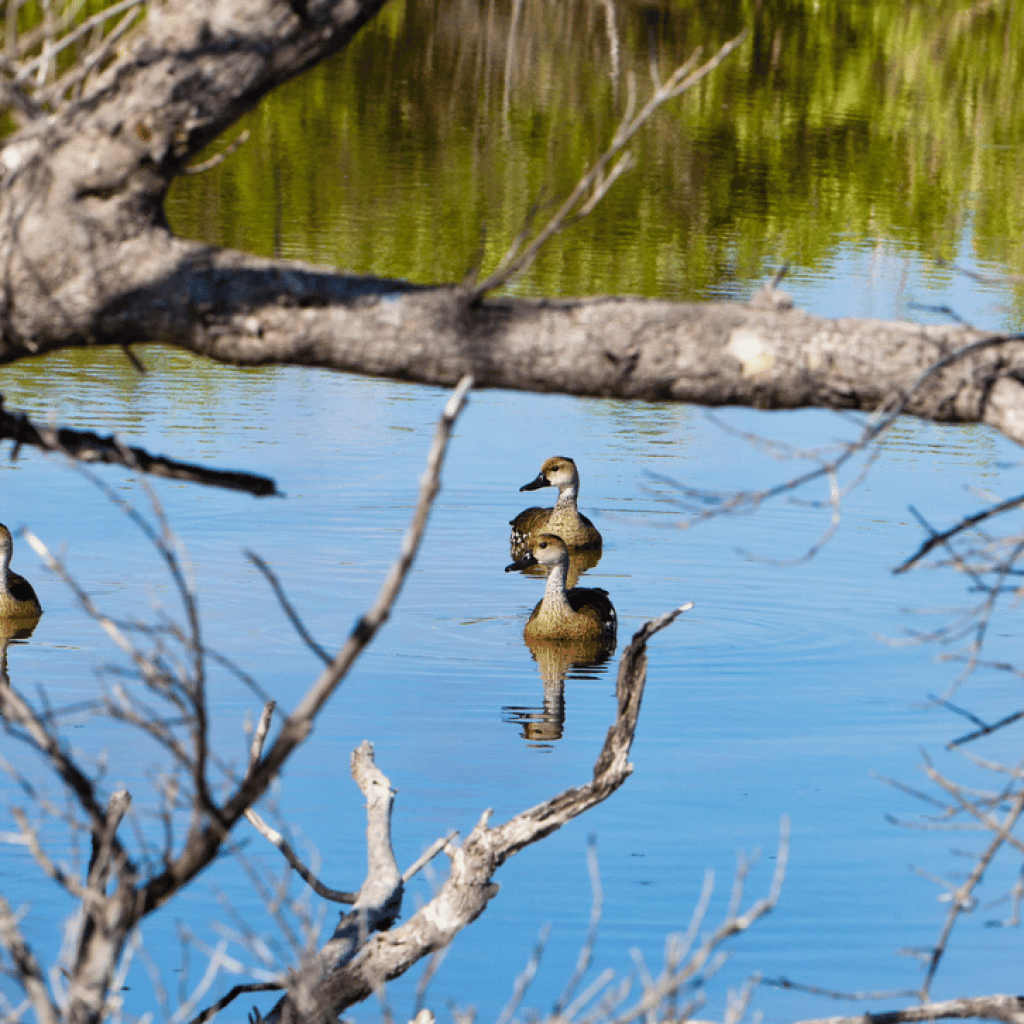
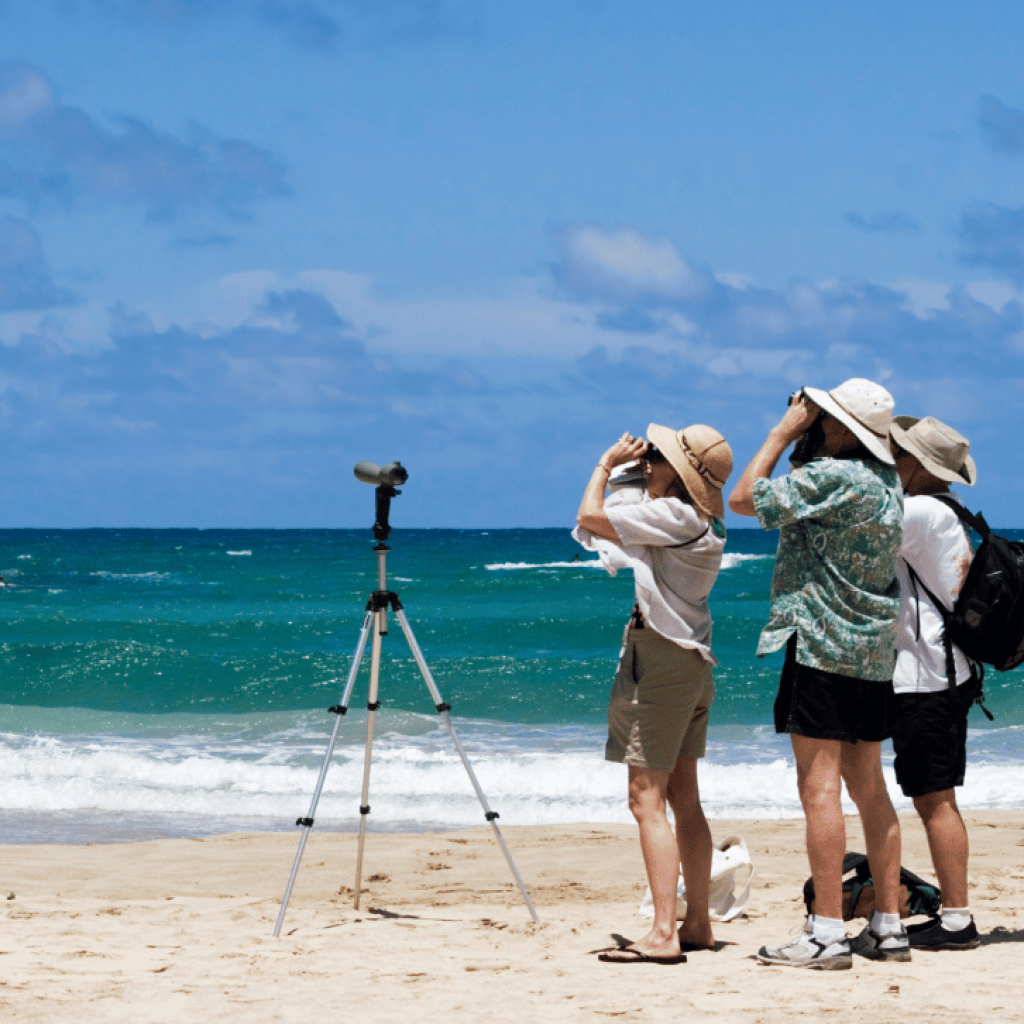
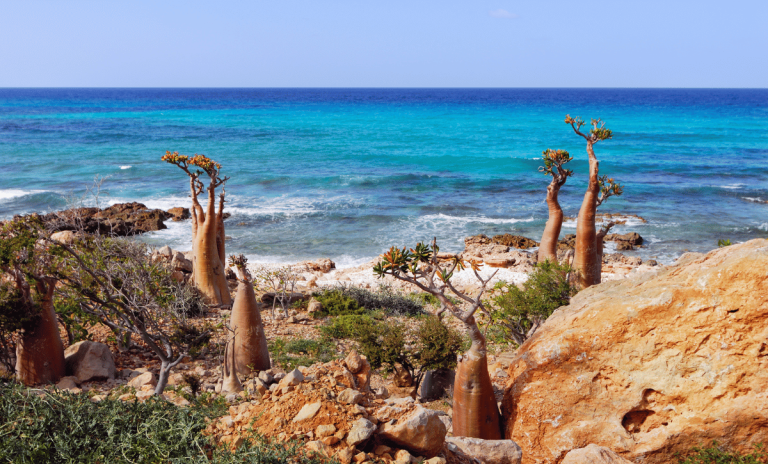
3. Island Endemics: Unique Flora and Fauna
A multitude of endemic species—species that are unique to the Caribbean—have evolved as a result of the region’s isolation and variety of environments. A few noteworthy examples are as follows:
-
Jamaican Iguana
Prior to its discovery in the 1990s, it was believed that the Jamaican iguana, often referred to as the Jamaican rock iguana, had gone extinct. It is a unique reptile that is native to the Jamaican Hellshire Hills and is currently under severe threat of extinction despite continuous conservation efforts.
-
Anolis Lizards
There is a wide variety of anolis lizards in the Caribbean. Every island is home to a unique species that differs slightly in behavior and color. Herpetology lovers will enjoy witnessing these lizards, which are renowned for their swift movements and aggressive shows of territory.
-
Caribbean Pine Forests
Many islands are home to Caribbean pine forests, which provide a distinctive environment for a variety of indigenous plants and animals. Animals like the non-venomous Puerto Rican boa constrictor and the critically endangered Puerto Rican parrot find refuge in these woodlands.
-
Conservation and Ecotourism
The natural beauty of the Caribbean attracts travelers, but it’s equally important to stress the value of conservation and responsible tourism. The distinctive fauna and ecosystems of the Caribbean are being protected by numerous organizations and local groups.
-
Marine Protected Areas
For the purpose of protecting marine life and coral reefs, several Caribbean countries have created marine protected areas. These places offer travelers sustainable opportunity to experience the undersea environment, in addition to being beneficial to animals.
-
Wildlife Rehabilitation Centers
There are wildlife rehabilitation facilities all across the Caribbean that are committed to saving and caring for sick or abandoned animals. Because they provide care for animals like parrots and sea turtles, these institutions are essential to conservation efforts.
-
Sustainable Tourism Practices
Travelers can have a positive impact on the Caribbean by selecting lodging and tour companies that value environmental responsibility and sustainability. It is imperative to appreciate the local wildlife and take part in guided eco-tours.
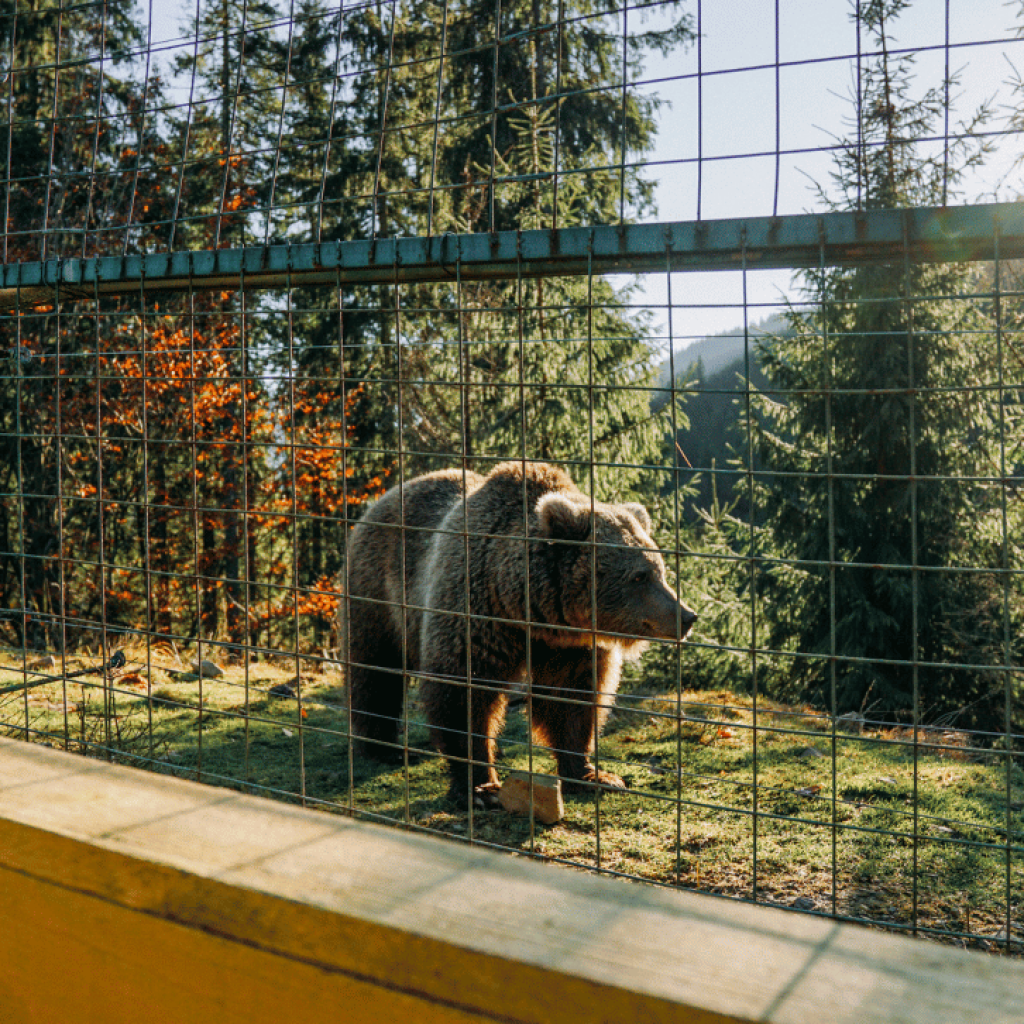
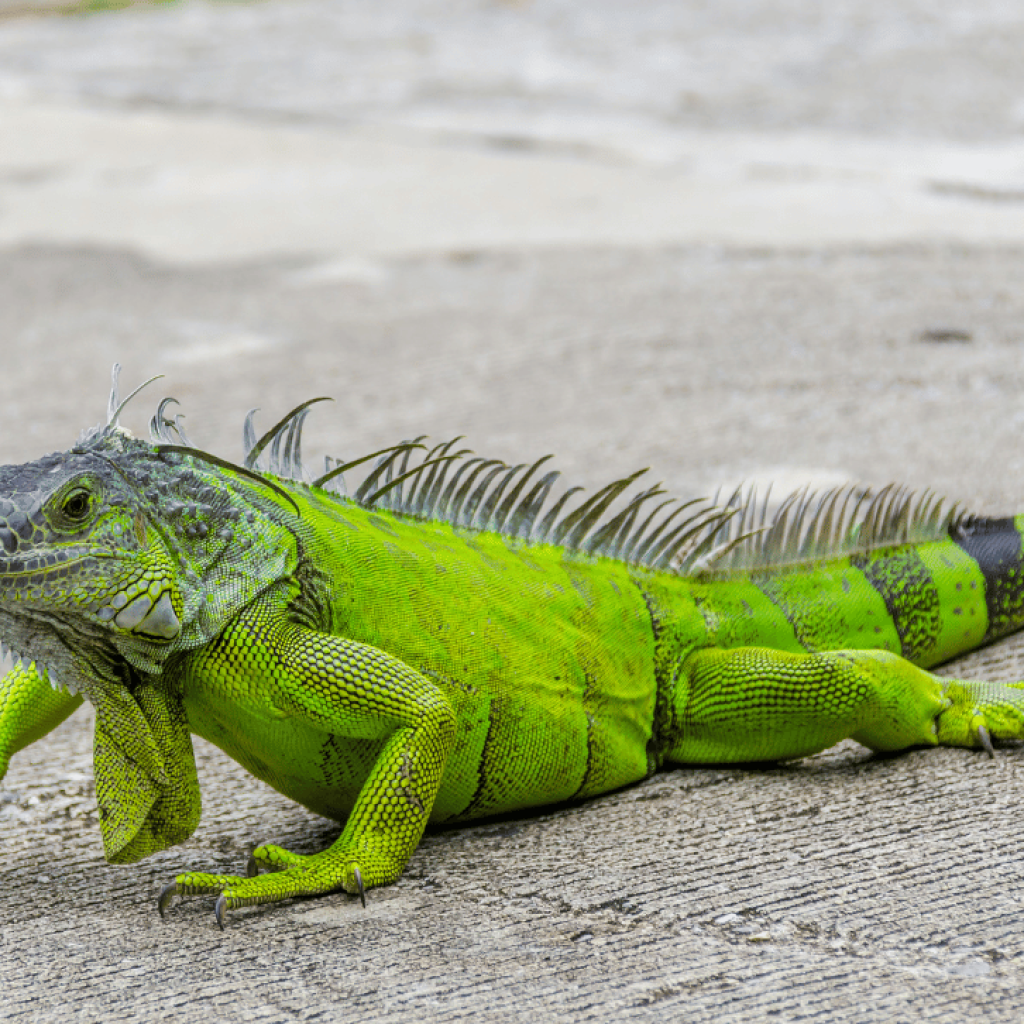
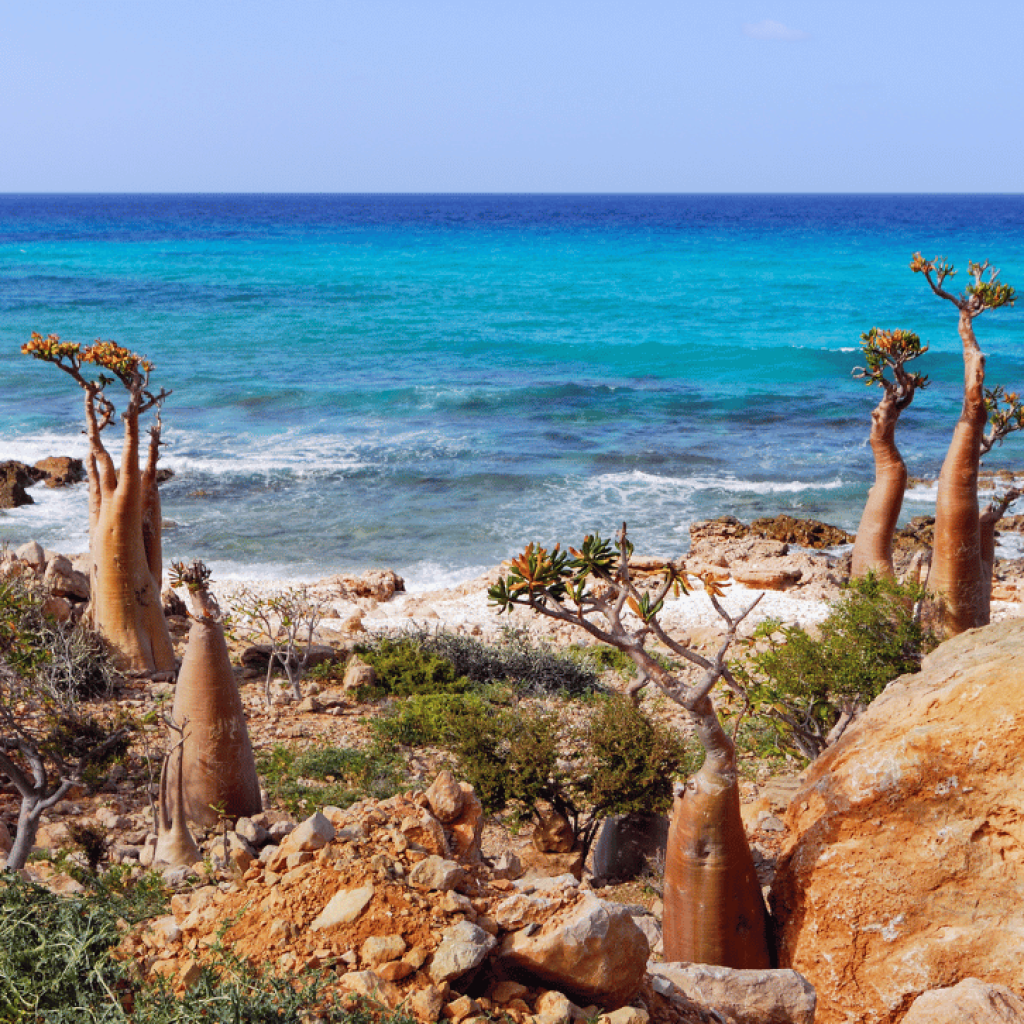
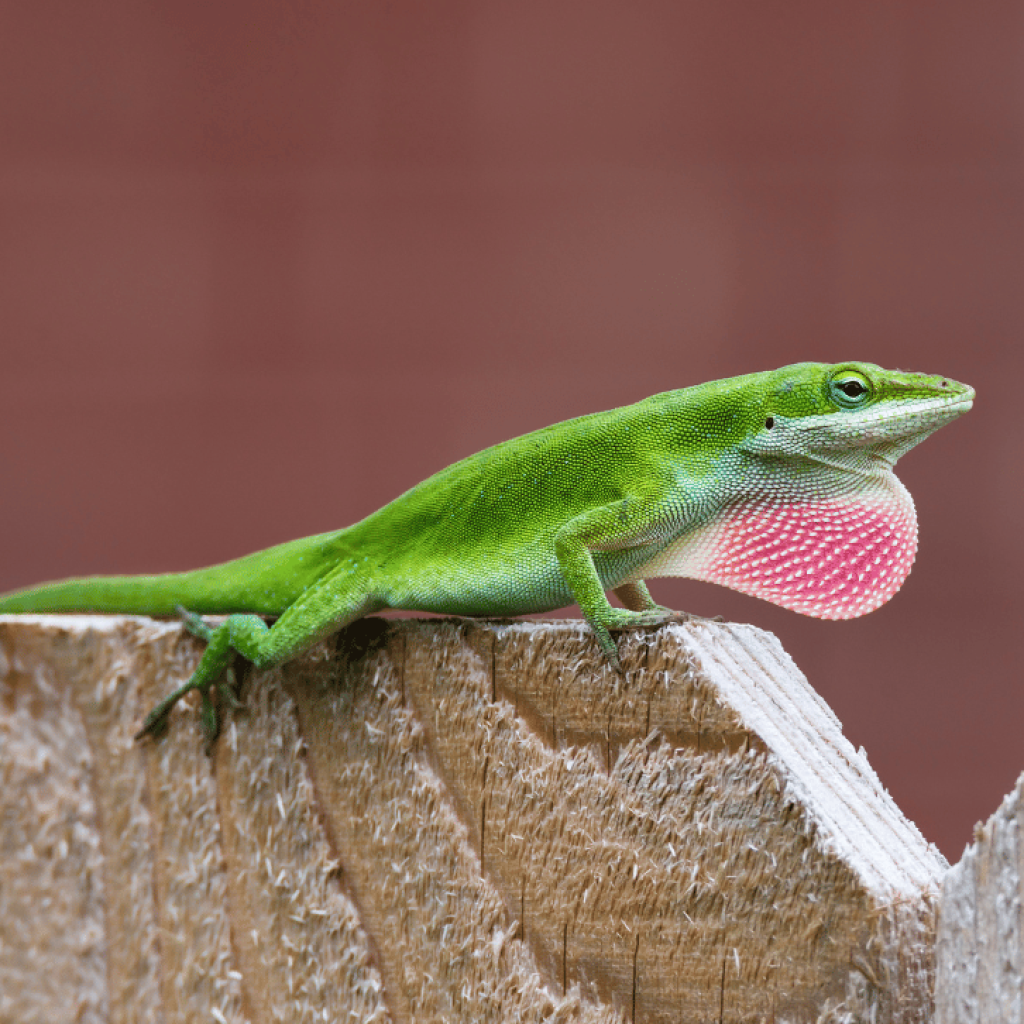
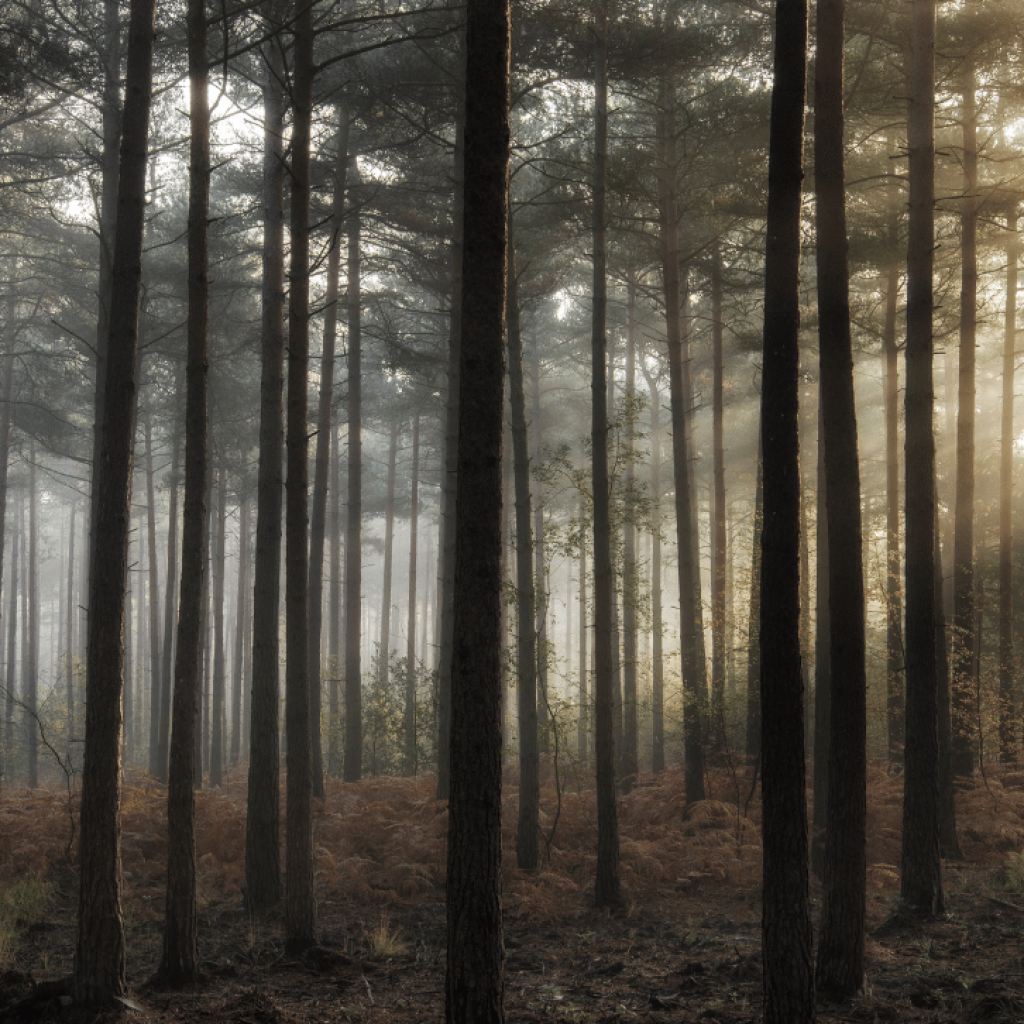
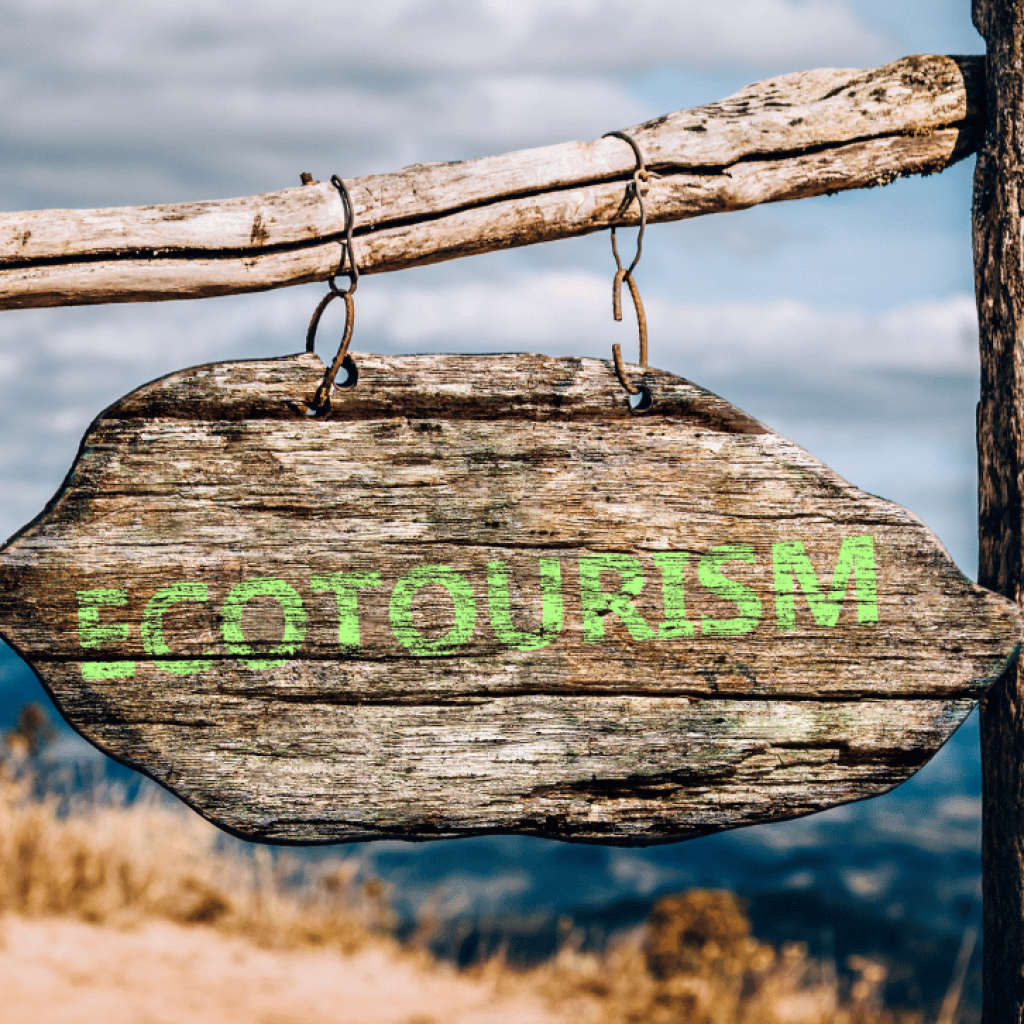
Conclusion
The Caribbean is a wildlife enthusiast’s paradise as well as a place to soak in the sun. This location offers a multitude of chances for discovery and appreciation, from the colorful underwater worlds of coral reefs to the distinctive bird species and endemic flora and wildlife. But the honor of discovering these natural treasures is accompanied by an obligation to preserve them. In order for future generations to continue to be astounded by the amazing wildlife and vegetation of the Caribbean, it is our responsibility as tourists to promote sustainable tourism and to contribute to conservation initiatives. So gather your snorkeling equipment, binoculars, and environmentally conscious attitude, and set off to explore the natural wonders of the Caribbean.
All Inclusive Rum Experience in Barbados
Barbados
No Review
6 hours
St. Maarten Best Island Tour
St Maarten
No Review
6hrs
Swaziland Southern Highlights Tour
Lobamba, Eswatini
No Review
5hrs
Wow Signature Tour (Private)
Bocage Secondary, Castries, Saint Lucia
No Review
5 to 6 hours
from
$245.00

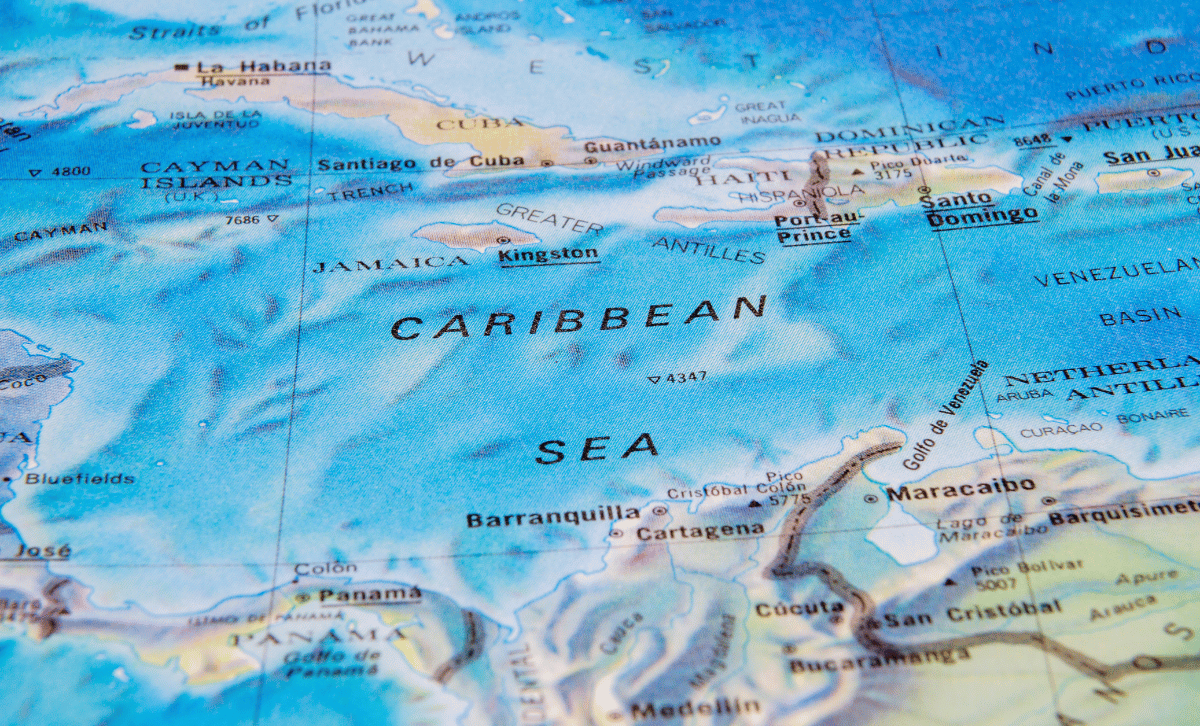

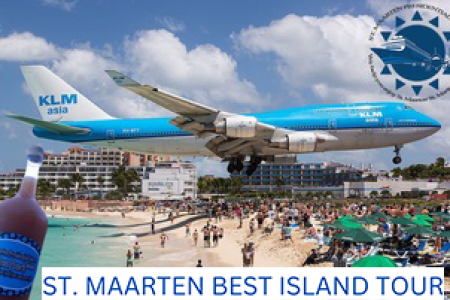
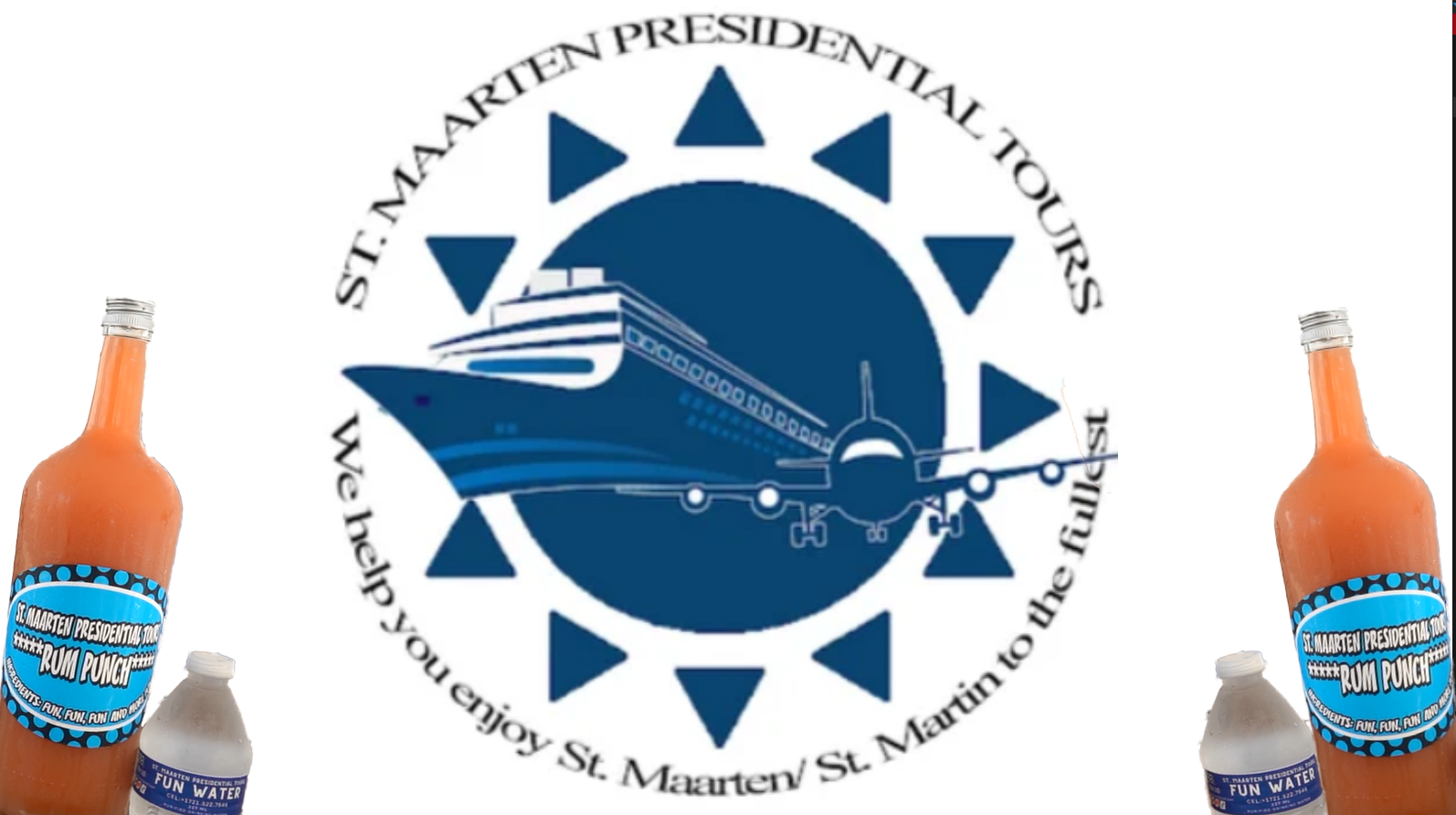
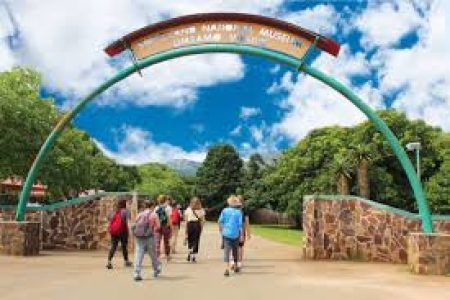
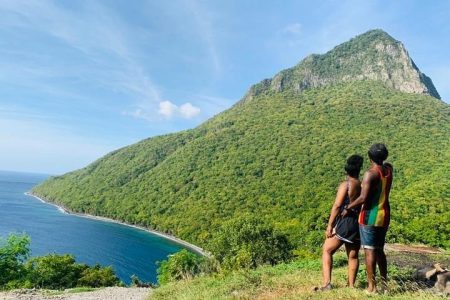
0 Comment